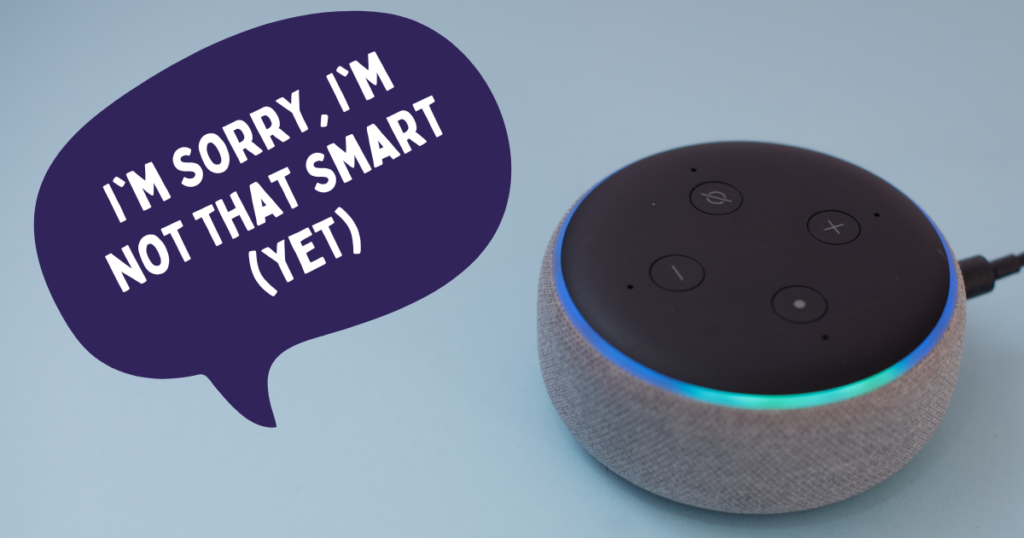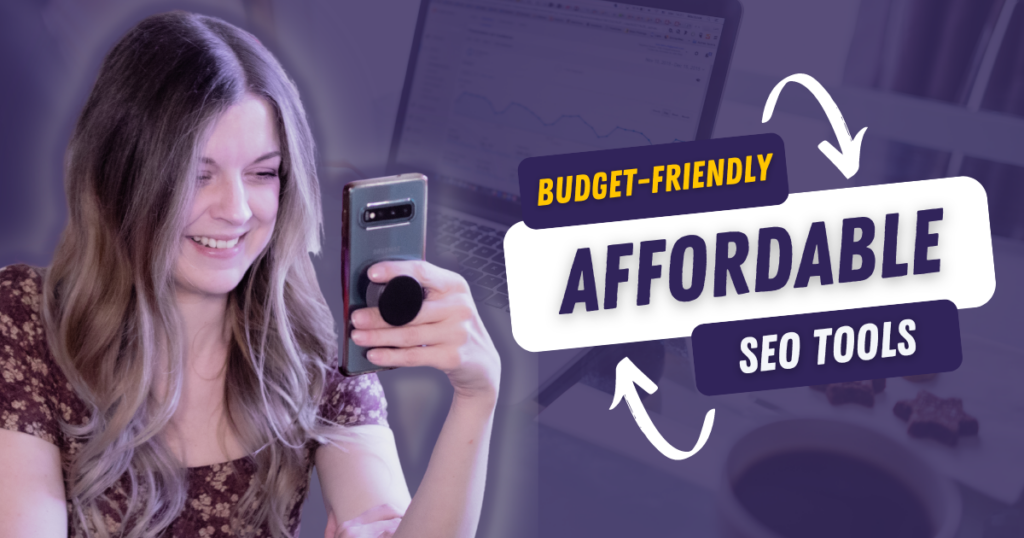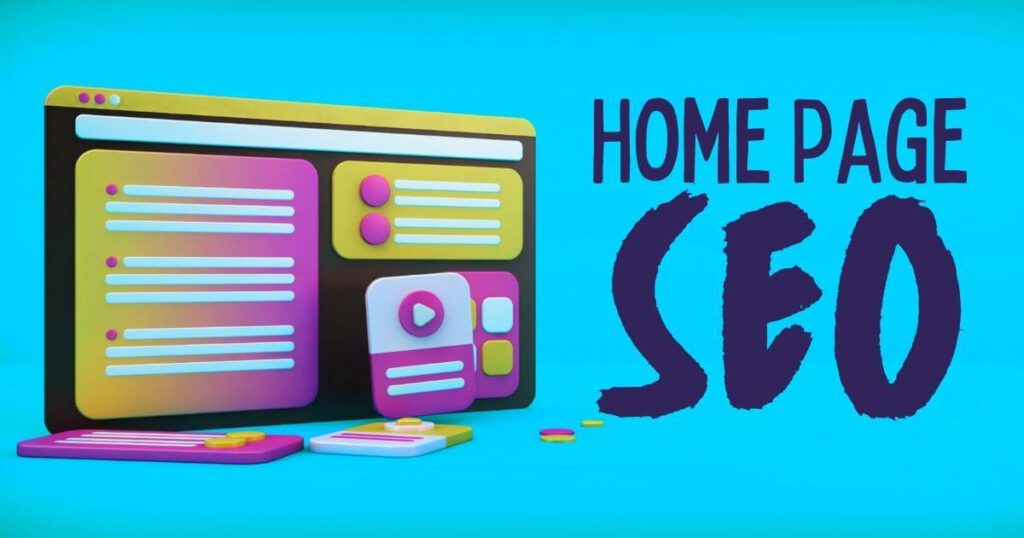Are you a blogger who wants more followers? Getting more followers for your blog can often leave you feel defeated – you put in hours of work just for a handful of new followers.

This article is a guide for bloggers, both new and established who want their blog to get more traffic and engagement from Social Media and Search Engines.
Running a successful blog is extremely hard work. From the offset, you’re expected to be a web developer, graphics designer, hosting technician, copywriter, content creator, digital marketer, social networker, photographer, videographer, project manager… phew, the list goes on!
Blogging in 2022 is a fully-fledged business, many people (myself included) are earning income from blogging. I personally run 7 of my own blogs and affiliate websites, each of which I run as a business.
Contents
- Create Compelling Content
- Learn Search Engine Optimisation
- Be Active on Social Media
- Join Social Media Communities
- Join Communities Outside of Social Media
- Create your Own Online Community
- Promote your Blog Offline Too
- Treat your Blog like a Business
- Use Pinterest to Drive Traffic
- Build an E-mail List for your most loyal blog followers
Create Compelling Content
Content is king. That’s been a digital marketer’s catchphrase for a long time now, and it’s still the case. Content is king. It’s the content we’re consuming that makes us all glued to our phones when we should all be doing something else!
In order to be a successful blogger with a lot of followers, you need compelling content that adds value in some way. For bloggers, content is either educational, entertaining, or both.
Blog content aims to solve a problem – it could be a tutorial, a “how to” guide, a list of the best products for a particular tasks, or a list of ideas, just like the article you’re reading right now.
Visitors will be drawn to your blog from the post’s title, snippet or meta description and possibly its first image, as this is what visitors see on Social Media or Search Engine Results Pages (SERPs) before deciding to click. That means that your title, thumbnail image and meta description/snippet need to entice the user to click, in the same way that newspapers use headlines to get people to buy it.
This is extremely important – your content needs to deliver what it promises in the title. We’re not here to trick people into clicking on something that’s misleading, as that will just push people away and make them think you’re untrustworthy or being deceptive.
If you’re calling your blog post “The Ultimate Guide” to something, it needs to be extremely well-organised, with a high level of detail and lots of useful information to keep users on the page. Website visitors vote with their thumbs so if an article isn’t delivering what it promised, visitors will simply leave.
When you’ve got a visitor on the page, do your best to keep them there! Keep your content engaging, split up with lots of headings, images and videos to make the content easy to follow, interesting and visually appealing.
Learn Search Engine Optimisation
Search Engine Optimisation (SEO) is responsible for over 80% of traffic to all my blogs combined. Organic search traffic is always considered the best, most highest converting traffic for bloggers because people go to search engines when they have a problem that needs solving. You – the blogger – have the solution to their problem, and you’re going to present it to them in an easy-to-understand way.
SEO is a blogger’s best friend. If your value traffic and website visitors over social engagement, then SEO is your way forward!

Related: The Complete Beginner’s Guide to SEO for bloggers and small businesses
It’s important to note that, in the past decade, Social Media presence has become just as important as the website itself. That is, people don’t necessarily follow updates from bloggers the way they did back in 2008. Sure, RSS feeds still exist and people do still use them, but in the current digital world, fans of your blog are more likely to follow you on Social Media than subscribe to receive updates from your blog.
Social Media, depending on the platform can be a big driver of traffic to your blog, but most Social Media apps are designed to keep the user on the app itself.
Facebook rarely shows external links to other websites in the organic newsfeed these days, that’s a privilage you have to pay for and it’s been that way for many, many years.
Instagram and TikTok don’t even give you the ability to routinely post links in your content, you only get one crucial way for followers to access your website – through the link in your bio.
Twitter and Pinterest however do display organic content with external links to other websites.
Regardless of whether you get traffic from these platforms or not, that’s not the true point of Social Media.
The clue is in the name – it’s Social. You need engagement to attract views and followers on each platform. Also – each platform is unique and has its own culture, communities and sub-communities. So, re-posting something you created for a Facebook campaign onto TikTok isn’t going to perform equally on each platform.
With TikTok and Instagram, you’ve only got the link in your bio (unless you have enough followers for the ‘Swipe Up’ feature on Instagram, or you pay to share a sponsored link on the main feed) so you need to encourage people to visit your bio to click the link!
On TikTok, that can be as simple as including a call to action at the end of your videos: “Click the link in my bio to learn more…” – you can also do this on Instagram Reels, stories, or within your Instagram feed Captions. If you don’t explicitly tell people or give them a reason to visit your profile to click the link in your bio, why would they?

Related: 14 Tips for Better TikTok Content
If you spend any amount of time on Facebook, whether you manage a business page or not, you’ll have noticed that people and communities are more visible on Facebook than businesses, if you don’t count ads and sponsored content.
Facebook doesn’t show content in a chronological order, it uses an algorithm to determine what content is shown to which people and when. Posts from Facebook Groups do seem to have more organic visibility over posts from business pages. If you manage a business page on Facebook, you’ll have undoubtedly noticed just how poorly Facebook displays your content to your followers.
If you have 100 followers to you business page, you’ll be lucky if 8 people see your post, but if you have 100 members in your Facebook group, you’ll notice that 40 or 50 people may see posts from the group. Why? Because Facebook is priotising communities, as groups keep people engaged on the app for longer than business pages do.
As a blogger or website owner, you should join relevant Facebook Groups (or even LinkedIn Communities if it’s relevant), contribute to the discussions taking place there in a meaningful way. Take note of any rules or guidelines of each group before posting as lots of groups frown upon self-promotion or sales-y posts.
If you’re confident enough to go beyond Facebook, get involved with TikTok trends within your niche. I’ve been enjoying the #TekTok community and #WebDevTikTok over on the app.
Clubhouse also has hundreds of larger and more niched communities that are extremely active. If you can provide meaningful contribution, tips and shared knowledge to these communities, then you’ll naturally attract followers to your blog as well as increasing your Social Media following.
Have a look out for the following online communities:
- Subreddits
- Discord Servers
- Slack Communities
- Forums – yes they still exist and can often be extremely active within certain niches
- Clubhouse Clubs
You can often find out about these private online communities by doing a Google Search, or discover them through podcasts and traditional Social Media.
Always be respectful when joining new online communities, respect the existing members and moderators, read the rules and don’t be afraid to get stuck in, introduce yourself and start contributing some meaningful engagement to the ongoing discussions.
By networking and being active within these communities, people will start to notice you, so always optimise your user profile with a compelling call to action to encourage people to click through to your website.

Related: Clubhouse Tips and Tricks for beginners
Create your Own Online Community
If you’ve got the time and ability, why not launch your own online community? Do not treat this as a quick task, however, growing an online community is just as difficult as growing a blog following.
Yet, owning your own online community is an excellent way to drive traffic to your website and grow your brand at the same time. It’s also a popular method to use when selling digital products such as e-books and workshops.
So, if there aren’t any Facebook Groups, LinkedIn Communities, Slack Channels, Discord Servers or communities that exist within your blog’s industry or niche, why not start your own?
Promote your Blog Offline Too
When we’re talking about websites and Social Media, we often forget about our offline networks, as we just assume that people who care will easily find us online.
Make sure you tell your friends, colleagues and acquaintences about your blog if you feel it would be of interest to them. If you’re blogging anonymously, you can just share a link in a DM saying you’ve found a useful article or website for them to read, or mention it in conversation.
If you attend events, conferences or networking sessions within your blog’s niche, then promote your blog there too, print business cards or stickers to use to give out to people.
Treat your Blog like a Business
If you’re serious about blogging, you need to treat it like a business. That means having a proper business plan, a pipeline, a marketing strategy and dedicating certain business hours to the job of running your blog.
It may seem difficult and tedious at times, but on order to run a profitable blog, you’ll have to put in the work.
Use Pinterest to Drive Traffic
We’ve already briefly mentioned Pinterest earlier in this article, but it’s more than Social Media. Pinterest is also a search engine, so you should treat it like one! That means you should use descriptive language and keywords within your Pinterest pin titles, descriptions and board titles/descriptions too.
Be an active pinner, scheduling a mixture of evergreen and seasonal pins on a daily basis. Pinterest values fresh content, so don’t just re-pin the same old stuff over and over again – that strategy hasn’t worked since 2017.
Pinterest is an absolute superstar for driving traffic to your website, if you’re good to Pinterest by sharing fresh, eye-catching images with accurate text descriptions, Pinterest will reward you with visibility and website traffic!
You’ve also got the opportunity to use ‘idea pins’ on Pinterest – videos to share quick tips, not unlike TikTok or Instagram Reels. This is another method for you to get engagement on your content, so if you’ve got the time to devote to idea pins, this is another avenue for you to attract new blog followers.
Related: How to Pinterest for bloggers and businesses
Build an E-mail List for your most loyal blog followers
E-mail lists are soooo 2015, right? Wrong. E-mail marketing is as strong as it’s ever been, people will subscribe to receive e-mail updates if the content provides value.
Value really is the secret sauce here – no one cares about your monthly newsletter or latest product. But people do care about saving money, or new product releases, or a new tutorial that solves a common problem.
In order to build an email list, you need to give people a reason to subscribe, such as a free product or course. People won’t hand over their email address if you don’t promise to send them something worthwhile.
Within the content of your blog posts, add e-mail opt-ins for readers to subscribe to your mailing list. If you’re offering an opt-in freebie, make sure it’s relevant to the content so you’ll maximise your conversions.




